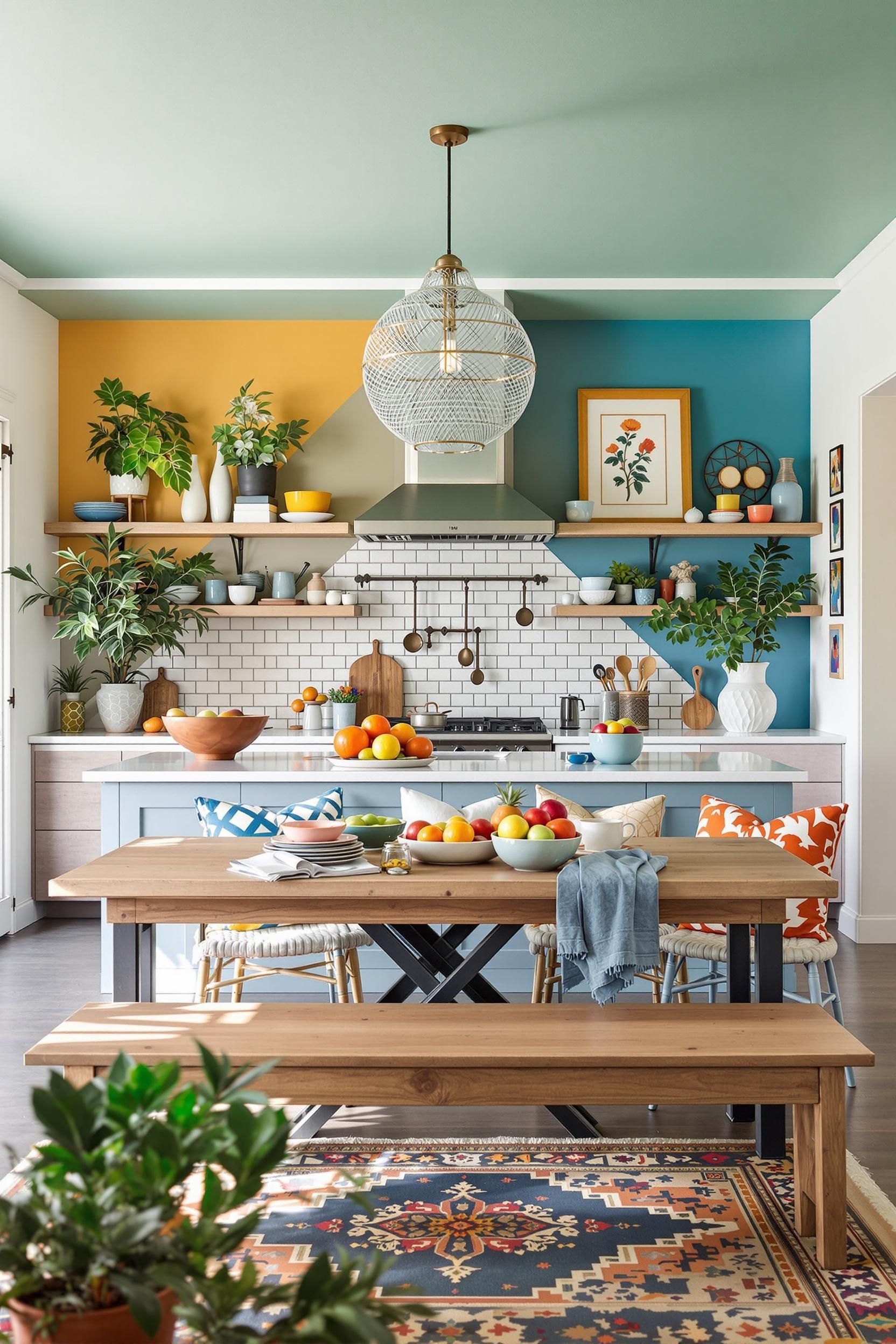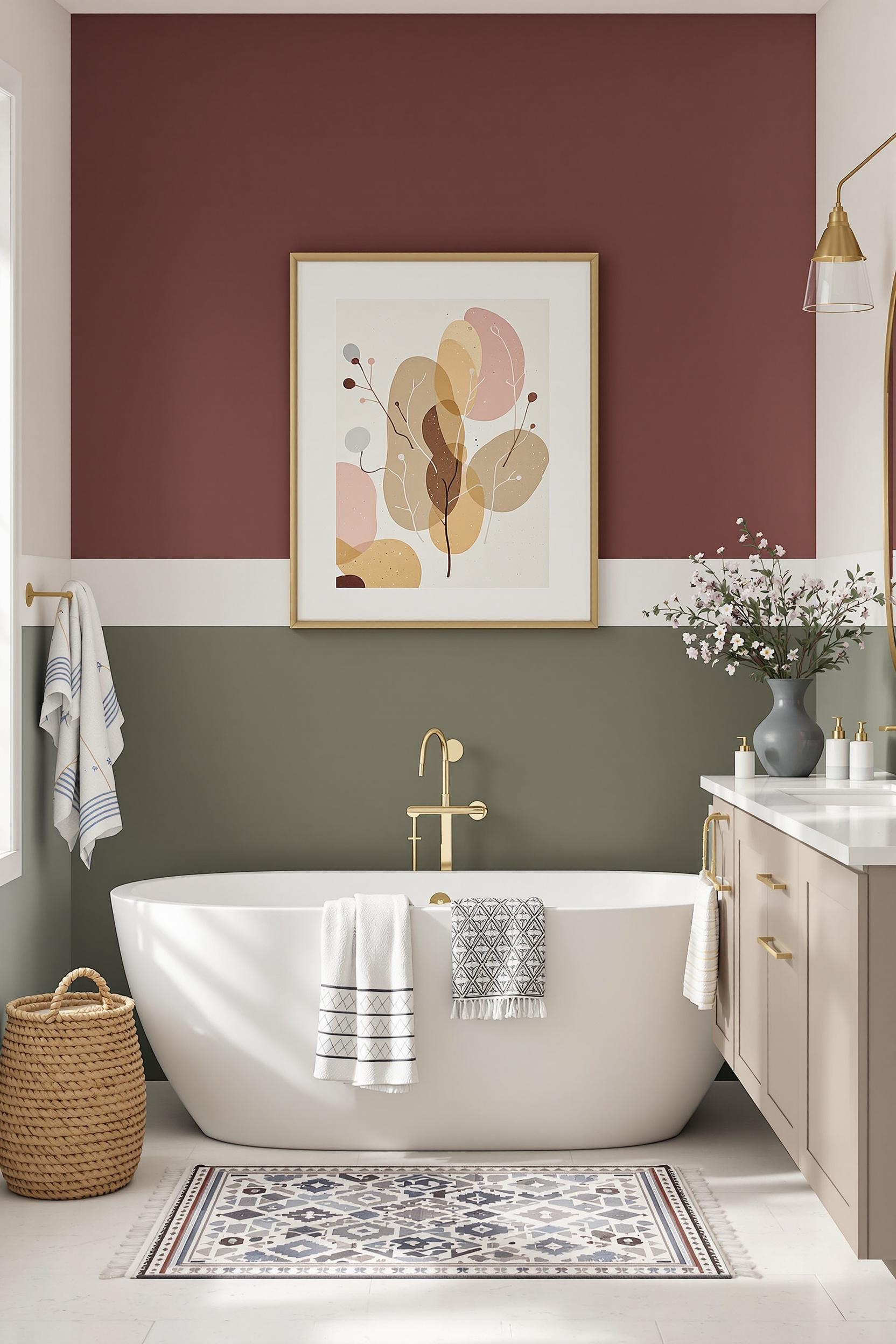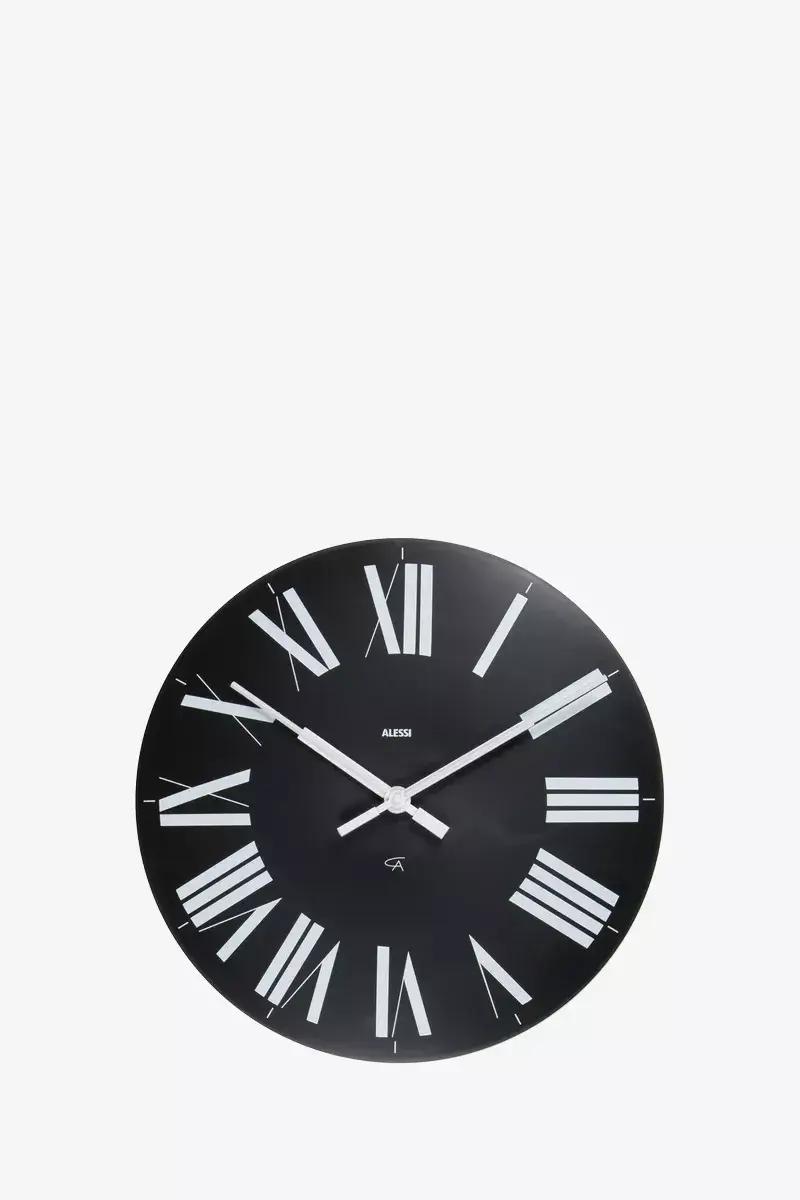
Zoning Rooms with Paint: The Ultimate Guide to Modern Minimalist Color Blocking
Have you ever walked into a modern home and felt like each space had its own vibe — yet everything flowed effortlessly? That’s the power of zoning rooms with paint. It’s one of the smartest, most cost-effective ways to add structure, personality, and flow to open-plan living spaces and minimalist homes. Better yet, it’s achievable with just a simple paintbrush and a strategic plan.
In this post, I’ll show you how to use color zoning interior design to visually divide rooms, make small spaces feel larger, and add depth without creating clutter. You’ll get real design insights inspired by my own work and research, as well as tips from psychologists and industry pros.
Why Paint Zoning Works in Minimalist Homes
Minimalist interiors thrive on clean lines and intentional function. Adding bold color might sound like the opposite of minimalist styling, but with the right techniques, it does the exact opposite—it enhances simplicity by creating structure through color.
Color zoning with paint helps define spaces in homes that lack physical dividers. Think about a loft or studio apartment. Without using furniture or walls, you can assign visual meaning to your bedroom, dining nook, or study corner using just a few colors. Environmental psychology studies support this. Research shows that visual boundaries created by color blocking wall paint ideas help us understand and use our space more effectively.
Color Psychology: Match Hues to Room Purpose
Colors influence how we feel and focus. When I zone rooms with paint, I focus heavily on color psychology. If I’m creating a home office zone, I stick with cool hues like blue or soft green. These shades boost concentration and calmness. They’re especially helpful in busy homes with limited space.
In contrast, home living zones or entertaining spaces do better with warm hues — muted oranges, soft yellows, or even a bold mustard for the adventurous. These colors bring energy and spark conversation.
For seamless transitions in minimalist color block room designs, I often pick soft neutrals to bridge more vibrant areas. This keeps everything connected while still allowing each zone to shine.
Best Techniques for Open-Plan Zoning with Color
Open-plan zoning is all about creating visual clarity. One trick I use often is geometric wall painting minimalist shapes. These could be vertical rectangles, angled blocks, or color bands sweeping across multiple surfaces.
Strategic alignment is key. If your couch anchors the living space, mirror its length with a color-blocked section behind it on the wall. Want to visually heighten the room? Try vertical ceiling-high blocks that draw the eye upward. This is a great trick for small homes or apartments with low ceilings.
Top Open-Plan Zoning Tips:
- Use 2–3 colors max per space—more overwhelms the minimalist strategy.
- Match your painted zones with furniture placement for consistency.
- Integrate color across architectural surfaces—include doors, trim, even floors.
- Refine with two-tone walls or split wall color blocking.
Minimalist Palette Meets Bold Geometry
I love using subtle shades with strong shapes. For instance, pairing misty grey with angled charcoal triangles can make a space feel tailored and calm. I’ve used this technique in homes where clients crave structure but want to avoid visual busyness.
Need inspiration for shapes? Chevron angles, vertical stripes, or even arches work well. I especially love color blocking in pantries and kitchens where you can use playful geometry on small bits of space for big impact.
Lighting and Paint Zoning: A Crucial Duo
Testing your chosen colors under natural and artificial lighting is something I never skip. Some colors become muddy or intense depending on the time of day. Especially with two-tone wall paint minimalist combinations, color interaction changes when sunlight hits the wall.
Muted pastels or earth-toned hues adapt best. Check out how I’ve used soft sage and blush in tones from this pastel-inspired color zoning guide. These hues shift gently in changing light, delivering visual comfort without drama.
When Furniture Meets Color Zones
One of the easiest ways to lock down room function is to blend paint zones with your furniture. Say you paint a rectangle behind your desk — now you’ve framed a home office area. It immediately feels distinct and intentional. Or use a color block room divider paint trick — paint the backside of a bookshelf in bright coral, turning it into an artful divider.
[Explore more ideas on color-blocked furnishings here](https://colorblockhome.com/wp-content/uploads/2025/04/202535WeColor-Blocking-Magic-Transform-Your-Furniture-with-Minimalist-Design1744803355featuredimagex-1.jpg).
Transform Your Space Now: Color Zoning Design Revolution
In the dynamic world of interior design, color zoning is more than a trend—it’s a powerful tool for personalizing and organizing your home.
Unlock Your Home’s Hidden Potential: Color Zoning Masterclass
It’s not just about painting walls; this is about how you live. Strategic color placement supports your lifestyle, boosts attention, and turns dull rooms into inspiring zones.
Design Your Dream Space: Free Color Zoning Guide
I’ve built a free guide that dives deep into:
- Color psychology
- Geometric color blocking techniques
- Zoning small rooms with paint ideas
- Paint to divide open plan space
You’ll get professional insight without the cost of hiring a designer.
Why This Matters: Your Design Transformation
Imagine coming home to a space where colors help you focus in your office, relax in your living room, and feel energized in the kitchen. That’s what strategic color zoning creates.
Limited Time: Professional Insights, Zero Cost
This is more than a guide — it’s your new blueprint. From small apartments to wide lofts, this strategy adapts. Tap into this method now.
Color Zoning FAQ: Your Essential Guide to Transforming Spaces with Paint
1. How can color zoning techniques help make small rooms look larger?
Use lighter bases with vertical accent blocks to stretch space upward. This color blocking trick expands space visually.
2. What are the best color zoning techniques for open-plan living spaces?
Use complementary shades and distinct geometry. Modern zoning methods work best using no more than 3 colors.
3. How does color psychology impact color zoning?
Cool tones support focus. Warm hues boost energy. Psychology and color go hand in hand in functional design.
4. What are the key principles of minimalist color blocking?
- Use 2–3 complementary colors
- Add clean, intentional shapes
- Focus on flow and visual simplicity
Minimalist color blocking turns simplicity into standout style.
5. Can color zoning work in rental spaces or apartments?
Yes! Use portable options like panels, lightweight dividers, curtains, or non-permanent paint techniques.
Don’t Miss Out: Create Your Color Blocked Home Today
Whether you live in a compact studio or a sprawling space, paint zoning is your minimalist secret weapon. Want more insights, techniques, and room-by-room design inspiration?






